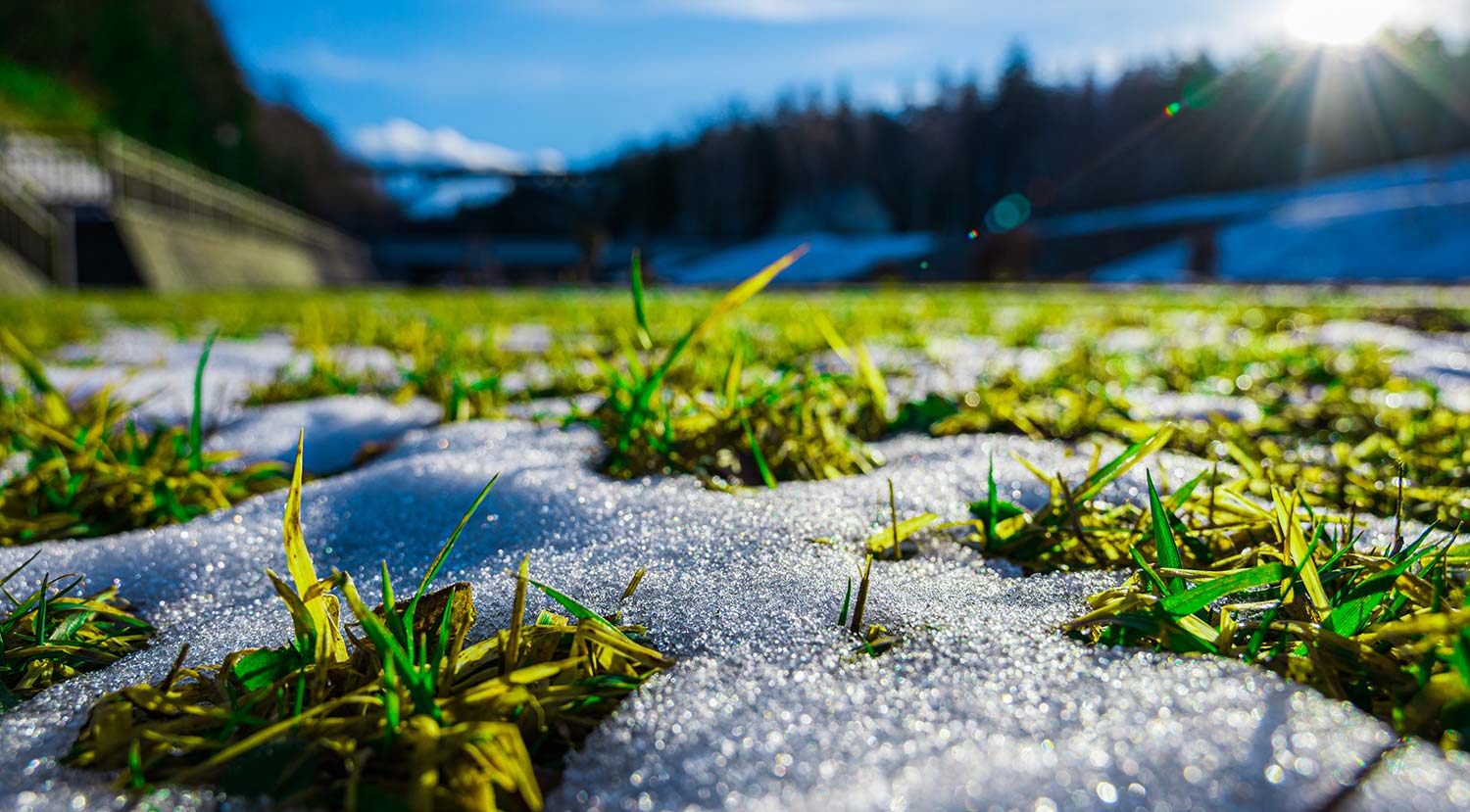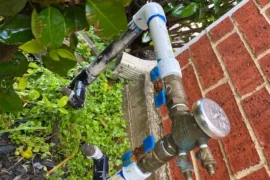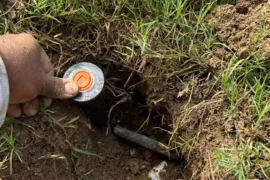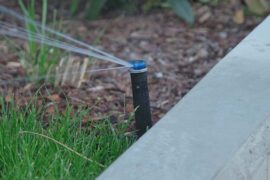Garden enthusiasts and farmers alike often dread the frosty fingers of winter and early spring, as they can wreak havoc on tender plants. However, a surprisingly effective knight in shining armor against frost damage is something many already have in their gardening arsenal: lawn sprinklers.
Understanding Frost and Its Impact on Plants
It’s crucial to grasp what frost does to plants. Frost occurs when temperatures dip to the freezing point, causing ice crystals to form on plant tissues. This can rupture plant cells and lead to wilting, browning, or even the death of the plant. Tender plants, such as tomatoes, are particularly vulnerable, with light frost (around 32°F) capable of causing significant damage, and hard freezes (below 28°F) being potentially devastating.
Science Behind Using Sprinklers for Frost Protection
The magic of using sprinklers for frost protection lies in the heat released during the freezing process of water. When water freezes and crystallizes on the plant, it releases heat, approximately 80 calories for every gram of water that freezes. This process helps maintain the temperature around the plant close to 32°F, thereby offering a buffer against the colder air.
Key Considerations
- Timing and Temperature: The sprinkler system should be turned on when temperatures drop to a certain threshold, typically between 24 to 32°F, depending on the specific plant’s frost tolerance and the local dew point temperature.
- Watering Consistency: It’s essential to maintain a consistent application rate, ensuring that the plants are continually wetted by the sprinklers. Cloudy or milky ice indicates insufficient water application.
- System Capacity: The sprinkler system must be capable of running for extended periods without interruption and should deliver large volumes of water. For an acre-sized area, about 60 gallons of water per minute is needed.
- Type of Sprinklers: Use sprinklers specifically designed for frost protection. Wobbler sprinklers are recommended as they provide a uniform layer of water and resist wind drift.
Implementing Sprinkler-Based Frost Protection
Preparing Your Garden
- Soil Moisture: Wet soil can absorb more heat during the day and release it at night, providing additional warmth to your plants. Ensure your soil is adequately moist before a frost event.
- Regular Checks: Keep an eye on your plants while the sprinklers are running, focusing on frost-sensitive areas like flowers and leaf tips.
- Mulching: Applying mulch around your plants can enhance heat retention and maintain soil moisture, aiding recovery post-frost.
Sprinkler System Setup
- Choose the Right Sprinklers: Opt for sprinklers that provide a gentle, uniform coverage, like Wobbler sprinklers. Their rotary action prevents ice buildup and ensures adequate water distribution.
- System Requirements: Your system should continuously re-apply water over the entire plant. Ensure the area receives a sufficient application rate to prevent the plant tissue from losing heat energy.
- Positioning and Spacing: Properly space and locate sprinklers for even coverage. Consult with the manufacturer for the best setup for your garden.
Using Sprinklers Effectively
- Start and Stop Times: Begin irrigation when air temperatures near the critical point for your plants. Continue until temperatures rise above freezing and the ice starts to melt naturally.
- Monitoring Weather Forecasts: Stay updated with local weather forecasts and frost alerts to know when to activate your sprinkler system.
- Post-Frost Care: If you didn’t water before frost, apply water the following day to thaw the soil and aid recovery.
Conclusion
Turning your lawn sprinklers into frost-fighting tools can be a game-changer for your garden. This method, while water-intensive, offers an economical and effective way to protect your plants from the harshness of frost. By understanding the science behind it, preparing your garden correctly, and using your sprinkler system effectively, you can significantly reduce the risk of frost damage to your plants.





